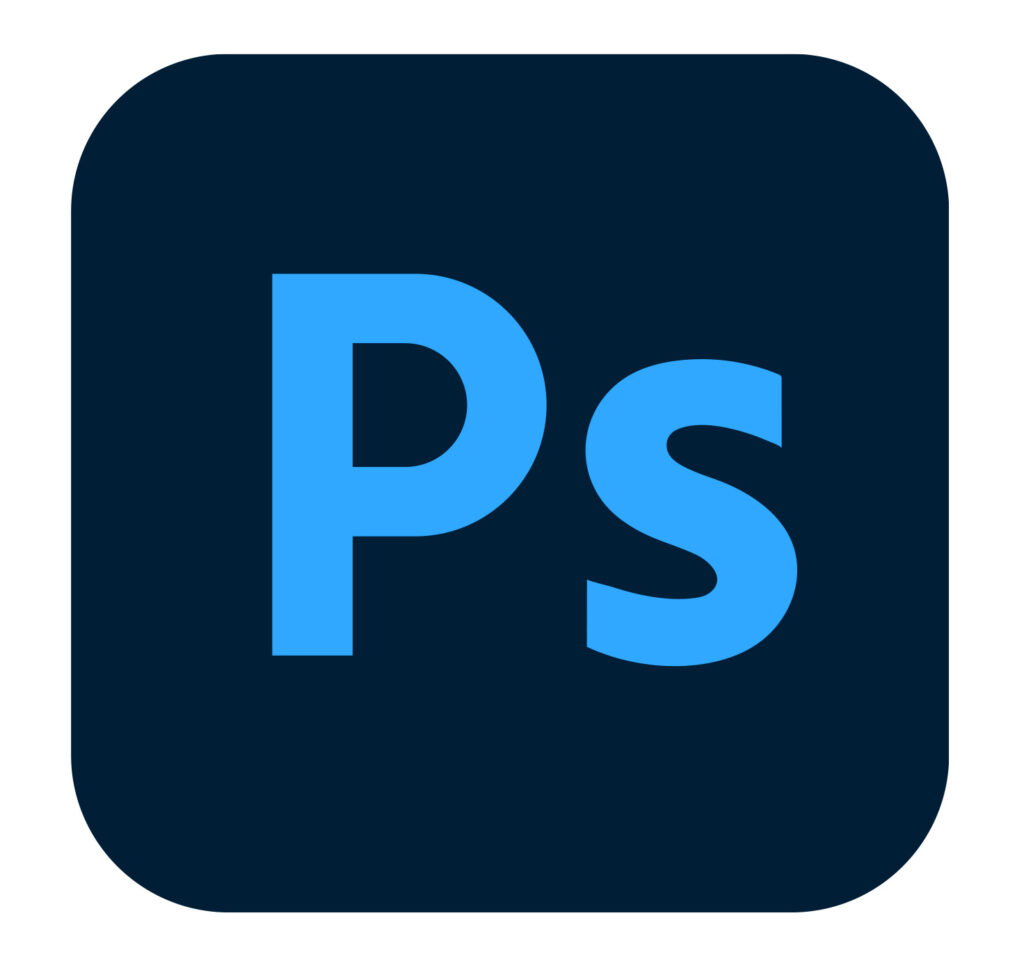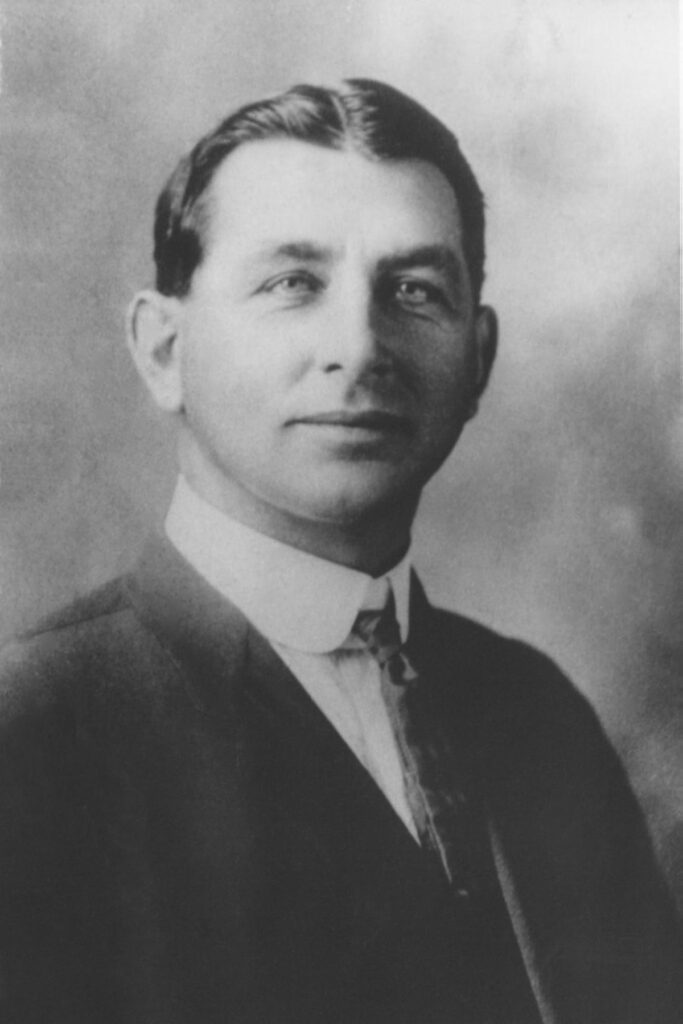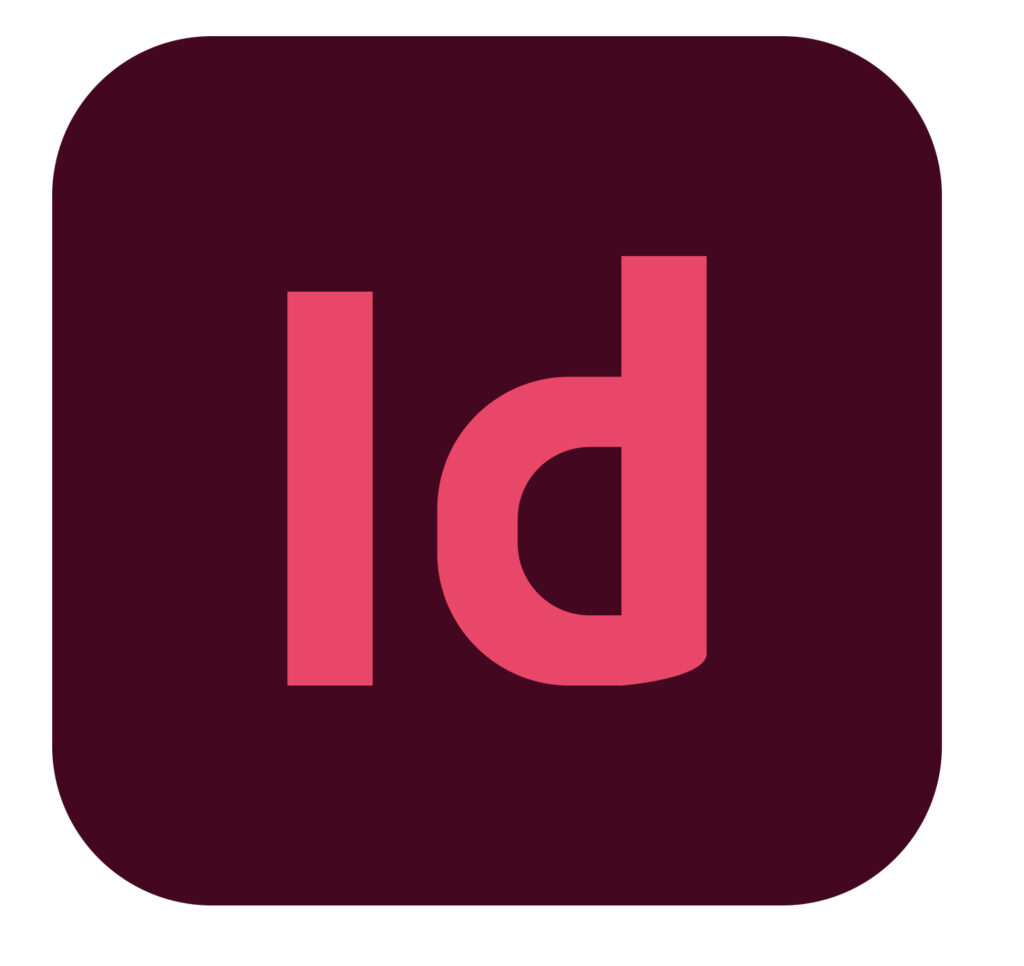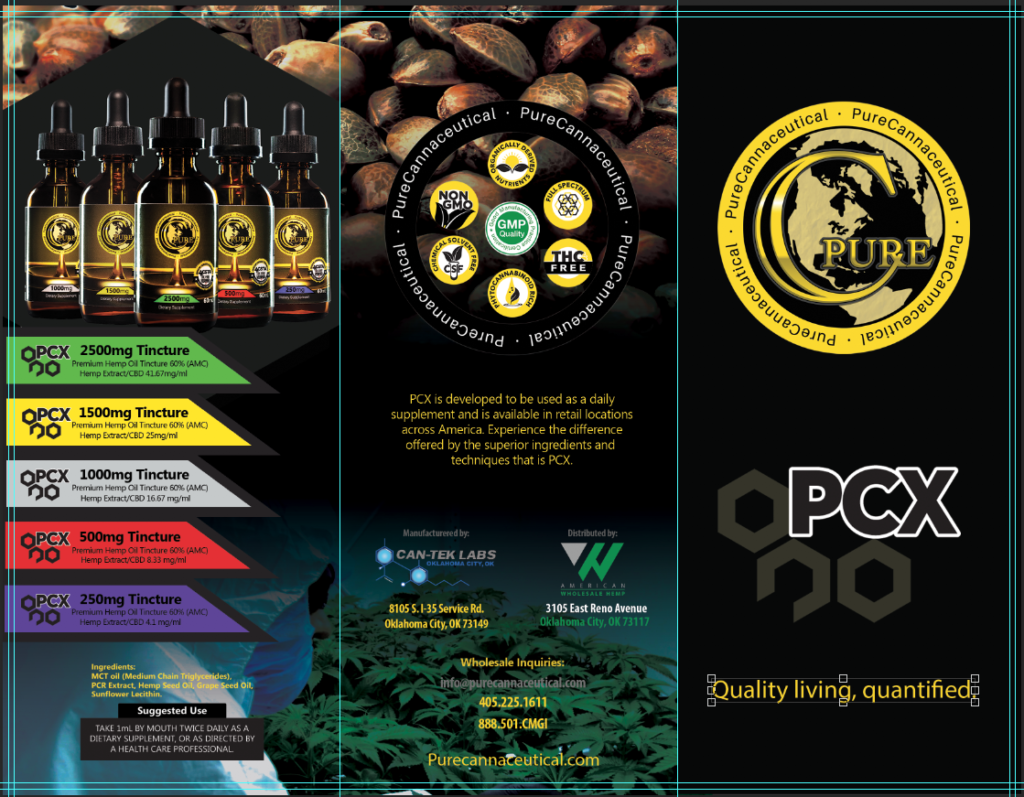As a media industry professional, I’m presented with tasks that heavily involve Adobe Suite. From Audition for radio production to Photoshop and InDesign for print and publication purposes. Occasionally, I’ll visit Illustrator for any vector artwork. It makes for quick work manipulating vectored art. The Adobe Suite offers nothing but complete creative control over art or projects from a multitude of mediums. I have always likened the different programs to building blocks for another program within the Suite. One program creates a building block that you can use in another. While the Suite and Creative Cloud give unparalleled access to tools that designers seek, two of the practical and robust programs for PR Design are Photoshop and InDesign.
Photoshop (handy dandy)
For instance, you can create a beautiful logo in Illustrator from the ground up. Then, use the logo in a flyer or on pictures. It is possible with Photoshop. This program offers creative control over most elements, including fonts, picture adjustments, and removing subjects from photos. Photoshop isn’t Lightroom, but it has some of the same attributes. For those who edit photos and like the ability to manipulate those images, Photoshop is in your best interest. Resizing images is an easy chore inside Photoshop. I recently had time to adjust and clean up photos of my great-great-grandfather William Joseph Cizek. My father is currently tracing our roots and came across this photo. Photoshop allowed me to remove some of the blemishes in the original photograph taken in 1926.

Before

After

Photoshop has an arsenal of tools at the user’s disposal. Correcting photos to use within PS so they are usable within InDesign is the logical step to creating quality. Say I am creating a design for a family reunion. Of course, I could use the original photo as it scanned. Photoshop is unique in its ability to remove the background of an image and replace it with something else with the content-aware feature—a remarkable feature in PS.

InDesign

The interfaces appear identical, but they are not the same design programs. First, there are no layers within ID. I found myself looking for the eyeball next to a layer that was never there. My lack of use in InDesign constrains my abilities and proficiency with the program. However, I have found that creating publication pieces like flyers and brochures will be much easier than making them in PS. I tried creating a brochure from scratch in Photoshop, and it did not go well.

While it looks the part of a brochure, it took me days to create it because of the text and inability to keep it consistent. It would have been an easier putt if I would have started in InDesign first.

InDesign allowed me to create a better-structured flyer with containers to insert text and pictures. Simple.
Both programs are best discovered by jumping right in. They answer with solutions to many of a designer’s needs. Many video resources are available online, and answers are in the forums as part of Adobe’s Web Community. Chances are, someone else has had the same issue as you, and they figured out a solution.
Some online places often give many tips to help sharpen your skills within these programs. Here are 32 Indesign Tutorials to help you improve your overall abilities. If you are looking to hone your Photoshop abilities here are a bunch of tutorials, 600, for you.
Knowing when to use what program is necessary in becoming a professional designer.
Utilizing one program for another will also become routine.
However, nothing overrules a well designed piece that encompasses proportion, color, typography, and all the other characteristics that define quality.
